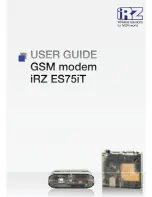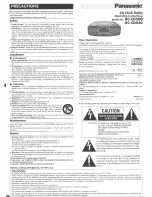
120 40520-100a
ViPR User Manual
48
4.8.3.4.1
IP Broadcast/Multicast Overview
When an IP packet needs to reach more then one unit, the destination address can be set to either a broad-
cast address or a multicast address.
BROADCAST
- There are two types of IP broadcast address:
•
Directed broadcast
A directed broadcast address is an IP address where the host portion is all ones (for instance
172.30.1.255 is the directed broadcast address for the network 172.30.1.0/24, 172.30.1.207 is the
directed broadcast address for the network 172.30.1.192/28).
Note:
Routing equipment (to prevent broadcast storms) do not by default forward limited
broadcast packets (255.255.255.255). On the other hand, directed broadcast packets are
by default forwarded because these packets are routable like any other unicast packets.
•
Limited broadcast
The limited broadcast address is 255.255.255.255.
MULTICAST
- IP multicast addresses are in the range 224.0.0.0 to 239.255.255.255. These addresses
are used to represent logical groups of units that may or may not reside on the same networks.
Multicast is used when “one-to-many” communication is required. For instance, a radio station might of-
fer a music channel on the Internet in real time. To receive the music a user (host) must know the multi-
cast group (multicast address) used by the radio station and add itself as a member of this group. In the IP
realm, a host uses the IGMP protocol to do this. The routers inside the Internet are using IGMP and other
multicast routing protocol to build the proper path from the sender to the receivers (a tree like path is
formed from the sender to the receivers).
Figure 36 - Registration to multicast group (First step)
Sender
(owner of multicast group 226.1.2.3)
Receiver 1
(Add membership 226.1.2.3)
Receiver 2
(Add membership 226.1.2.3)
Receiver 3
(Add membership 226.1.2.3)
Internet
















































